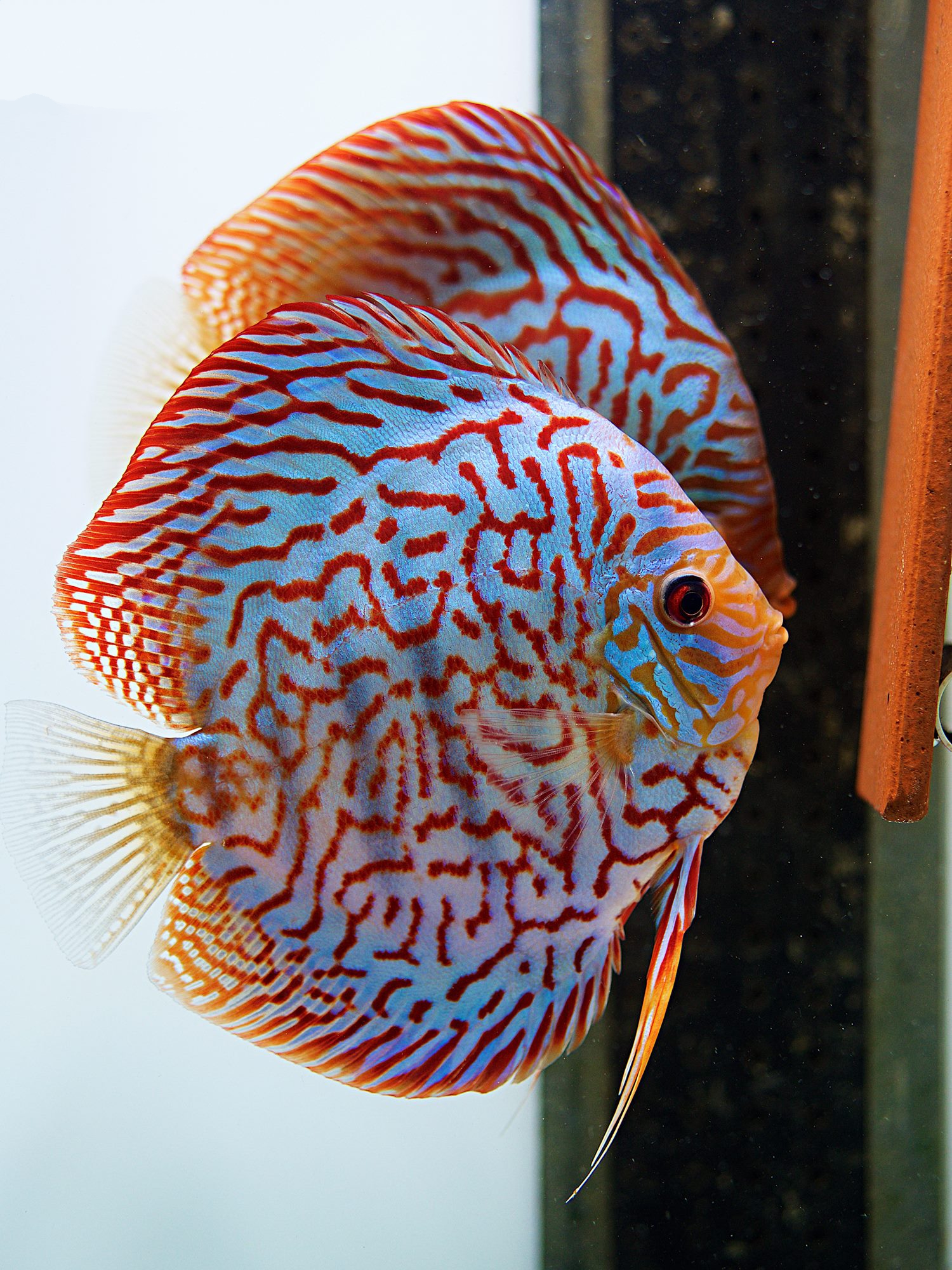

However, discus are often extremely cautious about new foods it is not unusual for them to go for weeks without food before accepting a new type of food. They have no unique nutritional requirements they can be raised on just about any high-protein fish food. Weekly water changes are important, except in the case of a very heavily planted tank with high nitrogen compound grounding capacity and a very small biological load.įeeding discus is sometimes a challenge. They come in a variety of color variations, mostly captive bred. Nitrates should also be kept as low as possible. They generally are not good for beginner or even intermediate fish keepers, as they are overly sensitive to environmental changes and are not hardy enough to survive most beginner mistakes, so it is a great pride to be able to successfully keep freshwater discus fish. A good tank will be equipped with a high capacity biological filter and be fully cycled (which usually takes a month or more.) Ammonia and nitrites should be kept at 0 ppm. Water quality must be very high, as discus do not tolerate pollution of any sort very well. Allow approximately 40 litres of water in the tank per each adult fish. But now of course they live in aquariums all over the world. Quick view Alenquer Discus Blue Diamond Discus Brilliant Turquoise Discus Checkerboard Discus Cobalt Discus Dark Angel Discus Discus Food. Origin: Discus are Cichlids, and their ancestors lived in the Amazon and other Rainforests in South America. Rated 5.00 out of 5 110.00 Red Turquoise Discus Fish 4 Inch. VERY clean water with frequent large volume water changes is necessary for the health of these fish. Pictured above: This picture was taken in our facility by one of our crew members, and it shows a young 2' to 2.5' premium quality Red & Turquoise Discus swimming with its tankmates. The water should be very soft and acidic a pH of 5.5 - 6.5 is considered good for wild caught discus.Ĭaptive bred fish adapt very well to harder water and to pH up to 7.2, except when attempting to breed, in which case soft and acidic is best. Babies and young fish should be maintained at 31 C degrees. They often become susceptible to disease and die if not kept in optimal conditions.Īquariums for discus should be kept within a temperature range of 26-31 C a temperature of 29 C is thought ideal for adults. Many aquarists consider discus to be finicky and not particularly hardy. Catfish with sucker mouths are less than ideal cohabitants for discus since they sometimes attach themselves on the sides of discus and eat their mucus membranes. It is noteworthy, however, that small fish may be intimidated or eaten by the discus.

The best cohabitants may be angelfish and small characides like tetras. They are sensitive to stress and disturbance or lack of protection. Discus are shy and generally peaceful aquarium inhabitants.


 0 kommentar(er)
0 kommentar(er)
